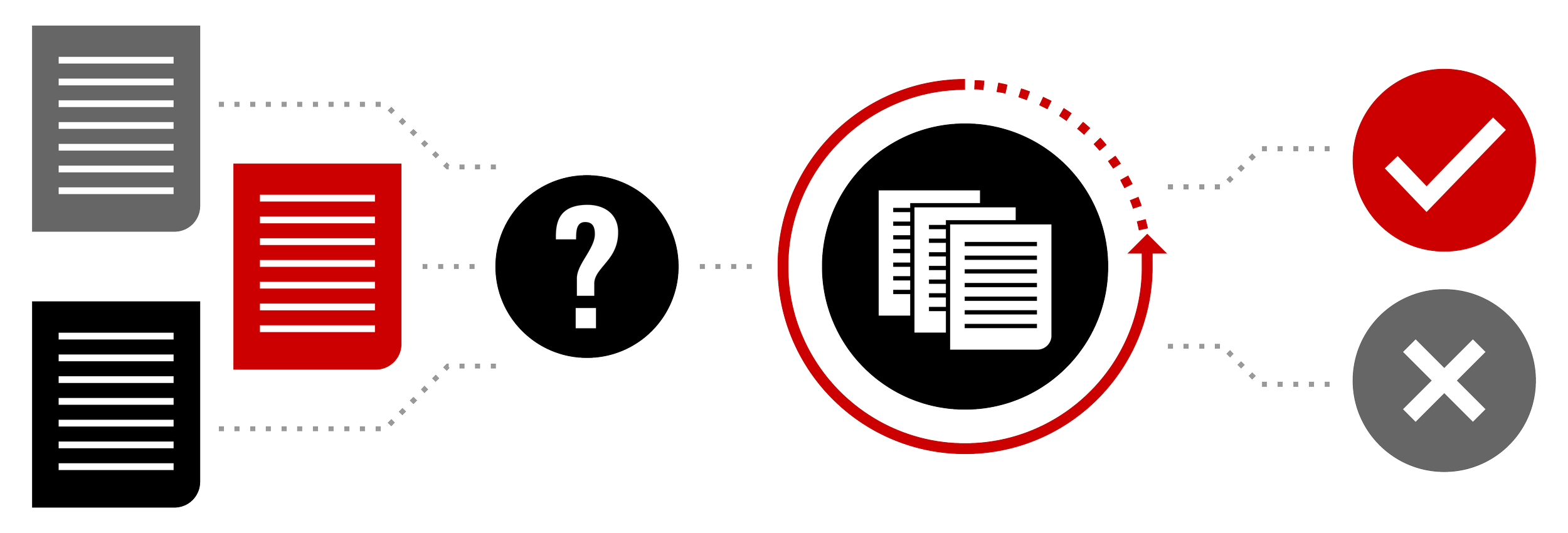Methods
-

Establishing Protocols
We established our IRB protocols, and outlined methods for the project.
Our project engaged 107 undergraduate students at NC State as participants.
As we began to solidify our instruction sheet for students, we set to getting them caught up on the literature.
-

Literature Review
First, we educated students on the project. Supplying them with our foundation literature as classwork to provide them with baseline understanding of the project’s background.
-

Training and Instructions
All 107 students completed CITI’s Human Subject Research Basic course, and were provided with detailed instructions on how to complete their treatments.
-

Data Collected
Students went to two locations and listened to two soundscapes at each. Their treatment orders were randomized to ensure validity.
Students sat in foldable chairs at the location, with noise cancelling headphones, and while wearing a Polar H10 heart rate monitor to collect physiological data.
After each treatment, students completed a Qualtrics survey to gather self reported data.
-

Analysis
Physiological (Heart Rate and Heart Rate Variability) data was analyzed using Kubios.
Data cleaning is currently underway for polished analysis, and can be expected in early 2026!

Our research was based on Liu et al. 2023:
Stress recovery at home: Effects of the indoor visual and auditory stimuli in buildings
Our work improved upon Liu’s by conducting our research in outdoor settings, with a group of over 100 students in the Human Dimensions of Wildlife class (FW 411/511) at North Carolina State University.